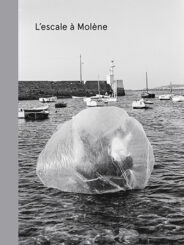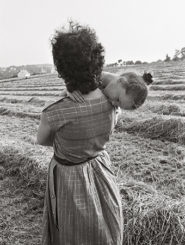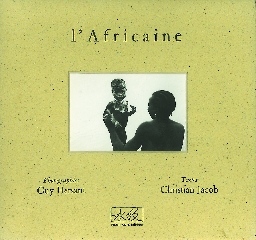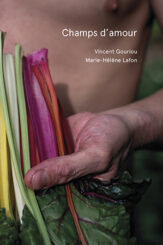By opening a year-long work in June 1983 in Saint-Jean-Brévelay and in the surrounding towns of Morbihan, photographer Guy Hersant was responding as a then Lorient neighbor to an order from the BPI * of the Center Pompidou in Paris.
At that time, the Breton countryside rustled under the wind of a modernity which surged since the sixties in regrouping, in mechanization, in free stalls and in milking parlors, in corn silage, in farm buildings which s emancipate themselves from the old architecture of the farms, in decohabitation of the young farmers from the old ones, in cooperatives, in Common agricultural policy of what was still the European Economic Community.
The purpose of the photographic mission was to testify to this great shift in agricultural Brittany, which the CNRS ** Rural Sociology Study Group – – partner organization of the project with the BPI – had already observed the beginnings in the town from precisely of these sixties.
In Saint-Jean-Brévelay, the focus is on poultry and CNRS research mentions the town as a pioneer in the development of industrial development of turkey and chicken farms. The upheaval goes beyond the only agricultural object and turns out over time to be a cultural revolution. The adherences to the old world are displayed in work coats, in caps, in blouses, in sweaters, in collective practices and joys while already pointing out the combinations inspired by the factory and the “pay of milk”, the loans at Crédit Agricole and convenience stores. Thus, beyond the form, the photographic harvest of Guy Hersant is worth ethnographic investigation on the moult of the rural society of the end of the twentieth century.
Gilles Luneau
Guy Hersant
Photographe

Guy Hersant born in 1950 in Loire-Atlantique. After an artisanal apprenticeship in photography, then employed in different studios, he moved to Lorient in 1975. His origins, his very young revelation of the taste for travel and his interest in the peasant world from which he came, have often leads to photography in France, in China and since 1971 in Africa.
Co-founder in Lorient of the Sellit group in 1979, creator and director from 1982 to 1989 of the Rencontres photographiques en Bretagne and of the Le Lieu gallery, he was curator of exhibitions at the biennials of African photography in Bamako between 1994 and 2001.
Settled in Paris in 1990, he worked on major construction sites and contemporary architectures in the capital. From 2001 and for ten years, through commissions or artist residencies, he approached the world of work as a main subject, bringing together in group portraits of people exercising different activities and professions in Nigeria, Ghana, Mali, Gabon as well as in various regions of France.
Exhibitions in museums, institutions, festivals: BPI G. Pompidou (Paris), Museums Decorative Arts (Nantes), Rimbaud Museum (Charleville-Mézières),
Marco Museo (Vigo), La Filature (Mulhouse), Port-Musée (Douarnenez), Musée d’Evreux …
He is the author of monographs mainly at Editions Filigranes.
Works published in 2019: Ouessant – text Mona-Ozouf.
Marie-Hélène Lafon
Auteur

Marie-Hélène Lafon Associate Professor of Classical Letters, she chooses to teach in a college located in the Priority Education Zone. She began writing in 1996. Her first novel, “Le Soir du chien”, received the Renaudot Prize for high school students. She chaired the literary prize for high school students in Compiègne in 2003-2004. “Histoires” obtains the Goncourt news in 2016.
In her works, she sometimes makes reference to “the readings that nourished me, the authors, especially languages, Louis Calaferte, Gustave Flaubert, Jean Genet …”


















